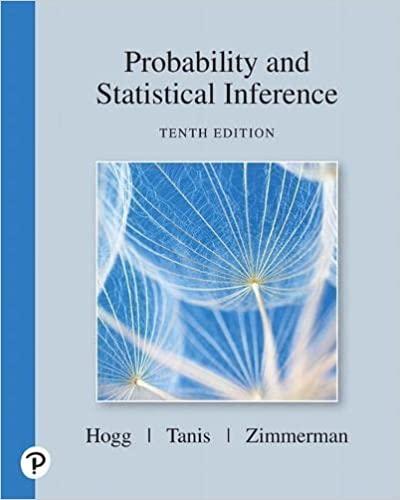Question
This data file consists of indicators of economic development recorded for 94 countries. LIFE measures average life expectancy at birth in years. FOOD measures per
This data file consists of indicators of economic development recorded for 94 countries.
LIFE measures average life expectancy at birth in years.
FOOD measures per capita daily calories consumed.
ENERGY measures per capita energy consumption in kilograms of oil
URBAN measures the percent of the population that lives in an urban area.
(a) Construct a scatterplot using the variables FOOD and ENERGY. Based on the scatterplot, would you describe the relationship between these two variables as positive, negative or neither? Would you describe the relationship between these two variables as linear, nonlinear, or nonexistent?
(b) Calculate the correlation coefficient (Pearson) for these two variables. Interpret the sign and the magnitude.
(c) Construct and conduct an appropriate hypothesis test to determine whether these two variables have a linear relationship within the population. Use a 1% level of significance
(d) Estimate a simple linear regression model where LIFE is the dependent variable and URBAN is the independent variable. Write down the estimated regression equation.
(e) Suppose a certain country experienced a 5 percentage point decline in its urbanization rate. Using your results, what is the expected impact on life expectancy?
(f) Construct and conduct an appropriate hypothesis test to determine whether the slope coefficient associated with URBAN is "statistically significant." Use a 5% level of significance.
(g) Find the observation in the data for USA. Calculate the residual using its characteristics.
Step by Step Solution
There are 3 Steps involved in it
Step: 1

Get Instant Access to Expert-Tailored Solutions
See step-by-step solutions with expert insights and AI powered tools for academic success
Step: 2

Step: 3

Ace Your Homework with AI
Get the answers you need in no time with our AI-driven, step-by-step assistance
Get Started


